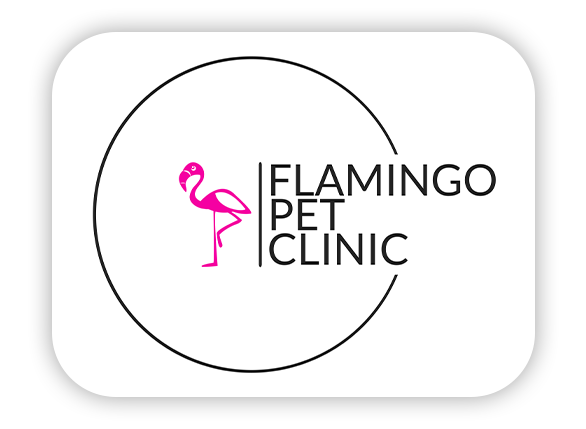Dental problems are very common in our canine companions. In fact, as many as 80 percent of pups over the age of three are afflicted. These issues are both painful and problematic for Fido, just as they are for us. They can cause infections and difficulty eating, and can also contribute to more serious medical issues, such as heart disease. A Las Vegas, NV veterinarian discusses doggy dental care below.
Brushing
Brushing Fido’s teeth is the best way to keep them clean. You’ll need to get your canine friend on board with the process, which may take time. Start by gently rubbing his teeth and gums as you are petting him. Immediately praise him and give him a snack. Once he’s used to the idea, you can incorporate pet toothpaste and a doggy toothbrush. Ask your vet for more information.
Chews
Chewing is Fido’s natural doggy dental care regime: it keeps his jaws strong, helps scrape off plaque, and stimulates saliva flow. Ask your vet to recommend suitable chews.
Exams
Fido should have his teeth checked at least once a year. This should start around the time your furry friend is about a year old, as by then all his adult teeth should have come in. (Fun fact: most dogs have 42 adult teeth; 20 on top, and 22 on the bottom.)
Dental Products
If Fido isn’t cooperating with getting his teeth brushed, you may need to look into other options. There are quite a few products that can help promote good oral health, such as dental-formula treats, oral rinses, and flakes. (Tip: try putting doggy toothpaste on a Nylabone.) Ask your vet for specific recommendations.
Awareness
It’s important to know the warning signs to look for. These include bad breath, swelling, visible tartar buildup, heavy or bloody drool, and bleeding gums. You’ll also want to keep an eye out for behavioral changes. Fido may seem sad or sullen, and he may not be very interested in toys or playtime. Changes in eating habits are also a red flag. Your canine pal may dribble food, chew on one side of his mouth, or just take longer eating. He may also start preferring soft foods. Call us immediately if you notice any of these things.
Do you have questions or concerns about your dog’s health or care? Contact us, your Las Vegas, NV animal hospital, today!
